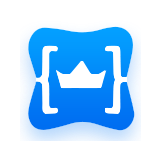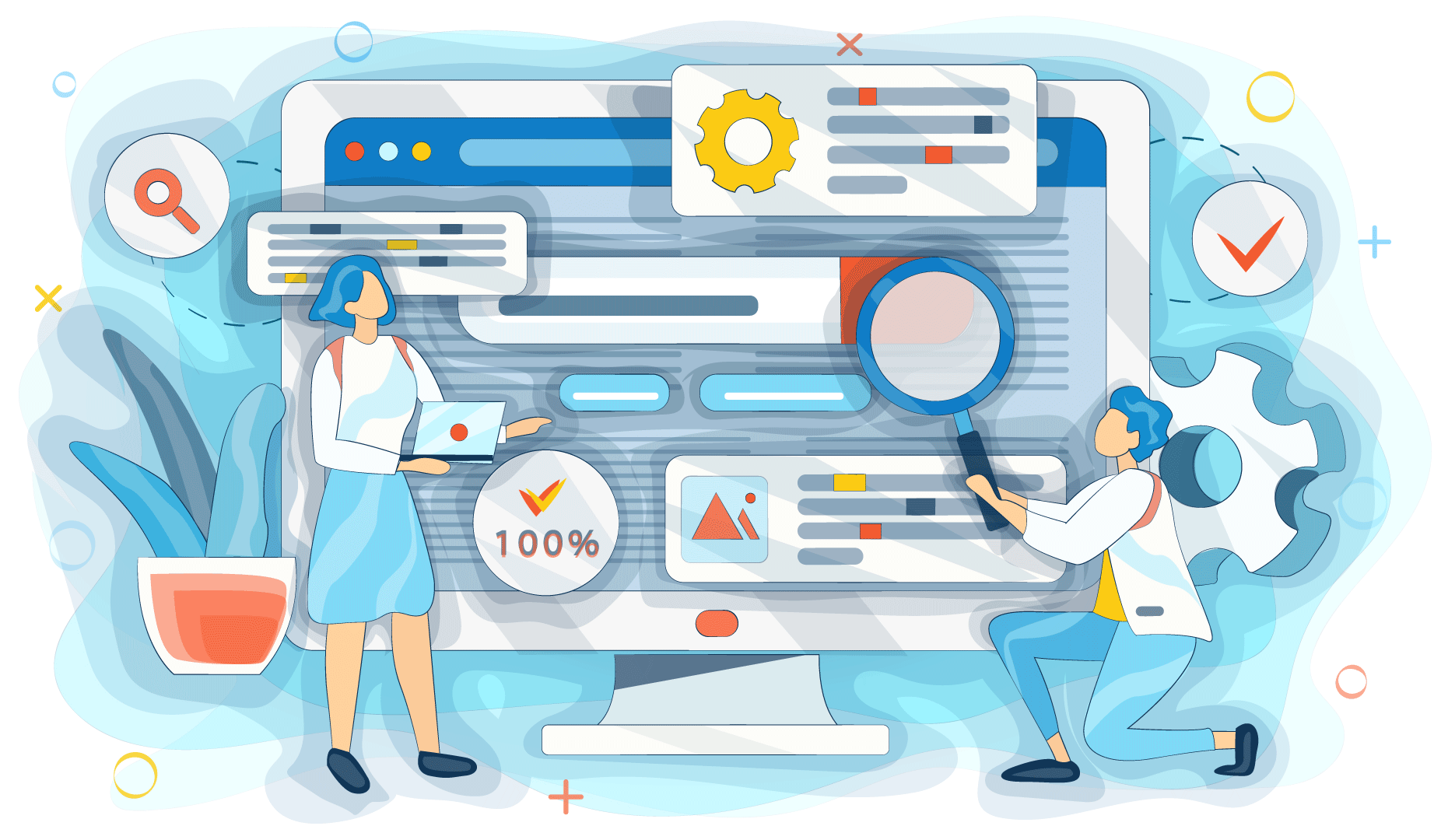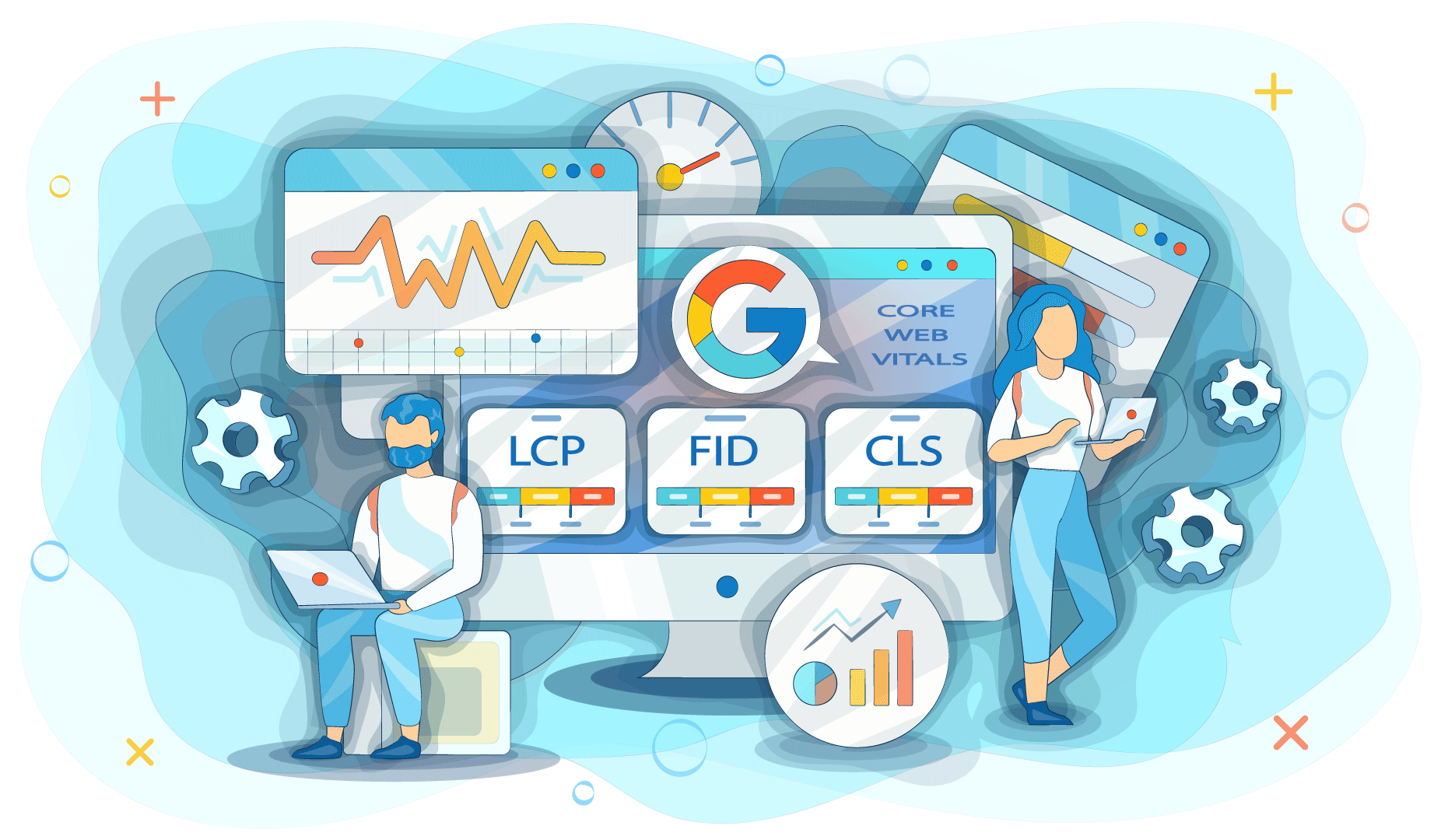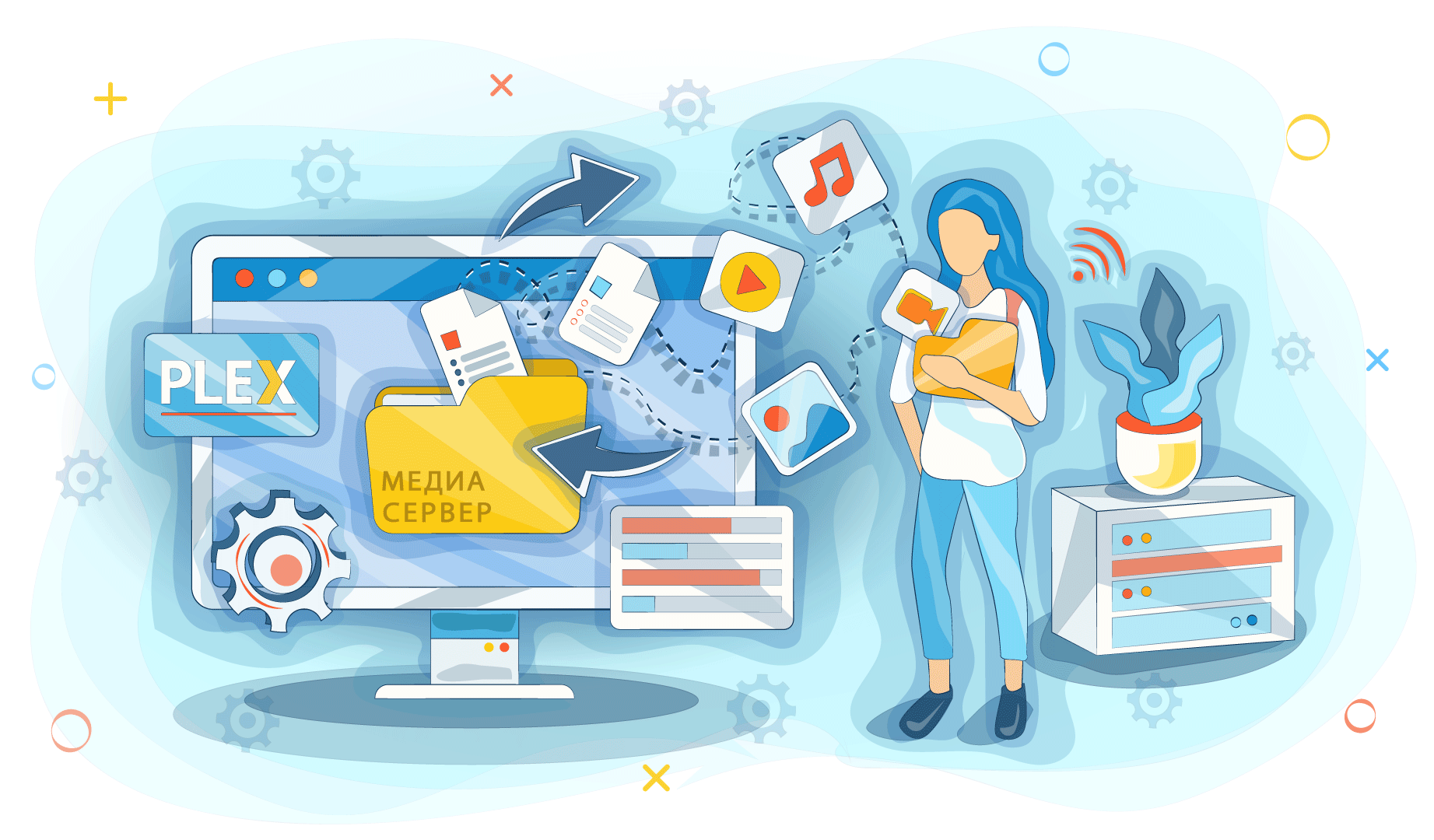Devices from the category of IoT (Internet of Things) have already entered our lives. For example, the refrigerator, which itself orders products via the Internet, is available to a small number of people, but fitness bracelets or scales working through the mobile application are available to many people. But nowadays, IoT has gained a natural heir - IoB, and it will affect our lives much more. Gartner analysts have added IoB to the list of the main technology trends of 2021, so it is worth paying special attention to it and study this topic in more detail. in this article, we will talk about what is this, and why we should prepare for changes.
What is IoB?
To explain what IoB is, you first need to delve into the concept of IoT. Internet of Things is a network of interconnected physical devices that can transmit data over the Internet. Fitness bracelets and scales, which we have already mentioned above, collect information about a person in a certain section - this can be the number of steps per day, weight, etc. All this data is the so-called "digital dust," which will remain after a person. It does not show the full picture but reflects certain parts of the user's life.
IoB literally stands for Internet of Behaviors, or "Internet of behavior." Its essence is the study and analysis of this "digital dust," on the basis of which it will be possible to draw conclusions about the behavioral features of a person. Information will be collected from various sources:
- personal gadgets (smartphones, laptops);
- implanted chips;
- external surveillance systems;
- pages on social networks.
That is, the Internet of Behaviors takes into account data not only from IoT devices. Thus, the installed chip for permanent measurement of blood sugar or pressure also preserves "digital dust." Despite the fact that such implants are not yet very popular and cause concern among people, many patients with chronic diseases successfully use them already. External surveillance systems are already being actively installed in different countries in order to more accurately record offenses. And the number of such systems is already growing in various areas - for example, no one is surprised by the thermal imagers at the entrance to shopping centers, which measure the temperature of visitors and save photos of their faces.
Thus, the "Internet of behavior" is a digital innovation that combines IoT and other modern technologies, data analytics, and behavioral psychology.
Where will the IoB be used?
You can ask yourself the logical question of why it is necessary to study and analyze digital dust. The main area where this technology will be used is marketing. In sales, a portrait of the buyer has long been compiled and the behavior of a typical representative of the target audience has been studied. With the Internet of Behavior, it will be much easier to compose marketing models. A clear and well-known example of the use of "digital dust" is targeted advertising. Let's say you live in Kostanay and think about buying a new sofa. If you at least once entered into Google a request from the category "buy a couch Kostanay with delivery," in the near future you will constantly get the advertising of Kostanay furniture stores on sites and on social networks. Even if the search did not specify the city, you will still receive promotional offers from sellers from Kostanay or other cities of Kazakhstan, since Google determines your geolocation. The reason is that the business actively uses contextual and targeted advertising. In our example, furniture stores in Kostanay and nearby cities ordered advertisements that search engines and social networks show to local people who are interested in sofas or other furniture.
But let's go back to the IoB. "Digital dust," although it seems absolutely useless information, carries a lot of valuable data about a person at least in terms of marketing.
For example, a smart weigher can make an assessment of a person's physical condition. When the application is installed, the User consents to the processing of personal data. At the same time, the manufacturer of the weigher can cooperate with a network of gyms. Given the user's consent, the company can find out which of the weights buyers has a need for sports, and based on this information, and also - geolocation, the marketing department will launch an advertisement for discounts on personal training. The advertising offer will be received by precisely those people who, from the point of view of the scale program, need sports.
Another example is a video recording of a speed violation. Usually, data obtained from cameras installed on roadsides is accessed by the police. But in the future, insurance companies will be able to use it. Digital Dust, which shows statistics on minor offenses by car number, will help insurers evaluate customer reliability and the likelihood of more serious insurance cases.
Internet of Behaviors: two sides of the coin
The "Internet of behavior" will inherently bring not so many new things: today, people post information about themselves on pages on social networks and consent to the processing of personal data. But intervention in life will still be somewhat deeper than before.
On the one hand, the IoB will not cause much harm. The information received will be used for targeted marketing promotion, as it was done before with user data. Some technologies that help to find offenders exist for the benefit of society, providing an increased level of safety on the roads or in public places. That is why the collection of "digital dust" is quite profitable to use at the state level. Some states already use such technologies - for example, in China, they use facial recognition systems everywhere in places of large crowds of people, which helps to reduce the crime rate in the country.
Nevertheless, the mass use of IoT has shown that this is not only convenient but also fraught with unpleasant consequences. We have already discussed the botnets that are used to organize DDoS attacks. The main causes of the problems are a large number of devices and the presence of vulnerabilities that are directly related to their full-scale production and cheapness - manufacturers cannot install maximum protection on each piece of equipment separately.
With IoB, the situation is a little bit more serious. Not everyone is ready to accept the fact that even a minimum amount of their personal data will be available to third parties. In the case of the same fitness bracelets or smart weighers, the user himself agrees to process the data. But surveillance cameras that record car numbers when speeding, or surveillance systems installed at airports, can violate human rights. There will be no problems with the introduction of the Internet of Behavior, but ethical standards will have to be discussed at the legislative level.
As with the Internet of Things, we cannot be sure of data privacy, especially since IoT and IoB are interrelated concepts. Large hacking statistics can lead to the idea that due to the spread of the "Internet of behavior" a massive leak of personal data is also possible. In this regard, it will be necessary to strengthen data protection measures.
Internet of Behaviors and the world: what awaits us?
Gartner analysts not only included the "Internet of behavior" in the list of leading technology trends of 2021. Experts also predict the development of IoB throughout the coming decade. So far, new technologies are at the initial stage of their development, but, according to forecasts, by 2023 they will track the "digital dust" of almost 40% of the world population. And by the end of 2025, more than 50% of the world's population will participate in at least one of the IoB programs. Moreover, Gartner is confident that both governments of different countries and private companies will introduce the "Internet of behavior" to collect personal data. It is also worth noting here that IoB is a continuation of IoT, so their coverage of the world in a proportional ratio will grow simultaneously.
Also, the active introduction of the Internet of Behaviors will lead to the more active development of artificial intelligence, which is needed to create face recognition systems, for example. These directions will develop simultaneously, which will lead to hyperautomation. By the way, Gartner analysts also included AI engineering and hyperautomation in the list of leading technological trends in 2021.
If you take into account the forecasts of experts and pay attention to current trends, it becomes clear that we will not be able to avoid tracking our "digital dust." This applies not only to people but also to businesses. Therefore, everything that can be done in this situation is preparation for the protection of personal and confidential data. In some cases, it is impossible to hide information, for example, when it comes to observation and photo recording at airports - and there is little sense in this since all measures of this type are observed for the sake of public safety.As for business, the most reasonable way out is to strengthen the protection of corporate data from all sides. Identify the digital perimeter of security, install DDoS protection, move to a secure dedicated server - all these measures will help you ensure the maximum level of security.

























